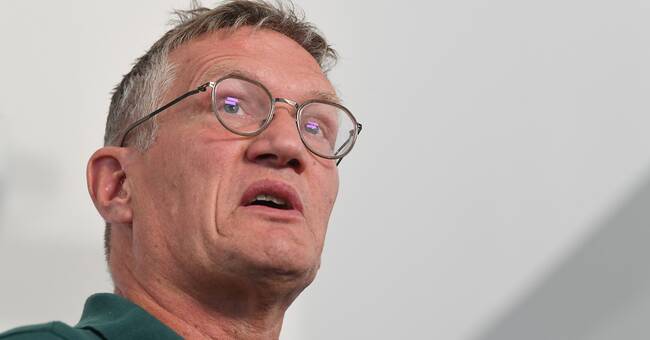On Friday, the government opened to allow limited spectators in the sports arenas from October 1.
How many can be admitted and how is not clear, but state epidemiologist Anders Tegnell says that the Public Health Agency (FHM) is working on the issue.
- We are currently looking at a memorandum from the government with some proposals. We will leave our comments on that during the week. Then we will continue to work on looking at different models for if possible, on how to open, says Tegnell to SVT Sport.
What obstacles are there?
- Basically, it is always about being able to avoid congestion.
The Super Cup in BudapestTegnell says that FHM will listen to the organizers to see what a model to avoid crowds before, during and after the match can look like.
The European Football Association, Uefa, has announced that the men's super cup match - played between the winners of the Champions League and the Europa League - in Budapest in September will be the first test in taking in a limited number of spectators. That match will open up to 30 percent of the arena capacity.
TT: Is there a solution that we can possibly see here at home?
- Yes, you can think that way. There are different parts to this: before the matches, during and after. Below is perhaps the simplest part, if you have fixed seats, you can say that it is possible to let in 30 or 40 percent, as long as you make sure to keep your distance. So it can be a working model for that particular piece.
"There is no justice"TT: It could create injustices. At Friends arena, for example, 30 or 40 percent would mean a lot of people - but at many other smaller arenas around Sweden, it would mean that significantly fewer spectators are admitted. Is there anything you take into account?
- No, unfortunately there is no justice in this. It is about creating a safe, infectious environment. And you have to do that based on the conditions you have.
TT: Is it reasonable that we will see a football or hockey match with 10,000 spectators on site this autumn?
- It sounds very much, that, says Tegnell.

